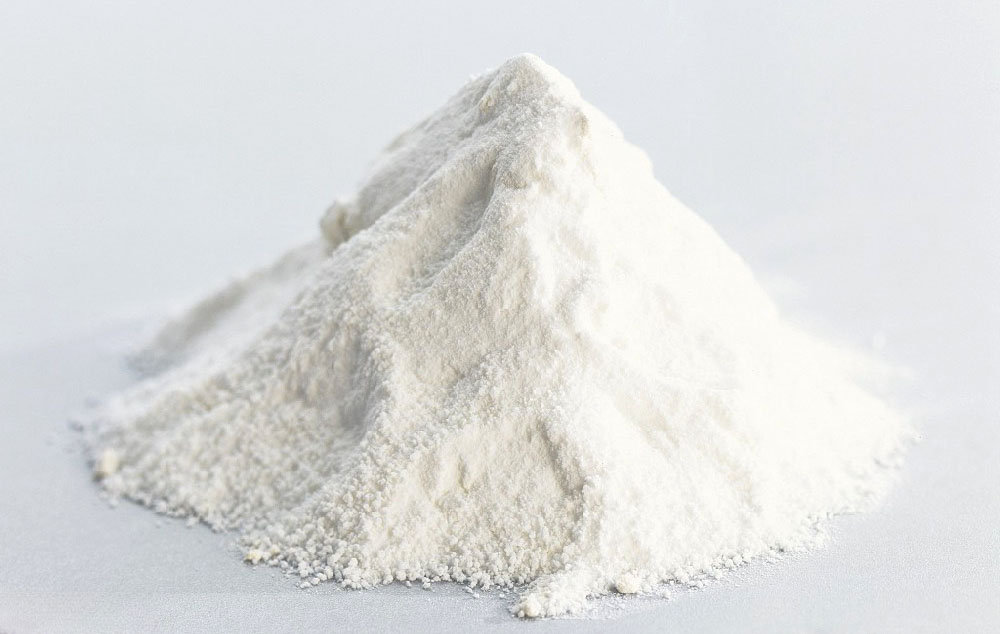A Brief Discussion on the Substitution Degree of CMC
【Product knowledge】
One of the key indicators of carboxymethyl cellulose sodium (CMC) is the degree of substitution, which refers to the average number of hydroxyl groups substituted by carboxymethyl groups on each dehydrated glucose unit in CMC molecules.The difference in substitution degree will have a significant im
One of the key indicators of carboxymethyl cellulose sodium (CMC) is the degree of substitution, which refers to the average number of hydroxyl groups substituted by carboxymethyl groups on each dehydrated glucose unit in CMC molecules.
The difference in substitution degree will have a significant impact on the properties of CMC, such as solubility, viscosity, moisture absorption, and transparency.

Solubility: The solubility of CMC is its key property, which is significantly affected by the degree of substitution. When the degree of substitution is low, the molecular structure characteristics make it difficult to dissolve in water, and the solution may appear turbid or have a small amount of insoluble substances; Under high degree of substitution, the interaction between molecules and water is enhanced, and they can quickly dissolve into transparent solutions.
Viscosity: In general, the higher the degree of substitution, the higher the viscosity of CMC solution. This is due to the high number of carboxymethyl groups in CMC molecules with high degree of substitution, which enhances the intermolecular interaction force and increases the entanglement degree of molecular chains, resulting in an increase in the viscosity of the solution.
Moisture absorption: Carboxymethyl groups have significant hydrophilic properties and can effectively absorb moisture from the air, making the product susceptible to moisture. Based on this characteristic, CMC with higher degree of substitution has a more abundant content of carboxymethyl groups in its molecular structure, thus exhibiting stronger hygroscopicity.
Transparency: The transparency of CMC solution is closely related to the degree of substitution. Generally, the higher the degree of substitution, the more transparent the solution becomes, because high degree of substitution increases the number of carboxymethyl groups in the molecular chain, resulting in more uniform molecular dispersion; However, if the degree of substitution is too low, the molecules are difficult to disperse and prone to turbidity, while if it is too high, the molecules are prone to aggregation and precipitation, both of which will reduce transparency.
Contact Information

